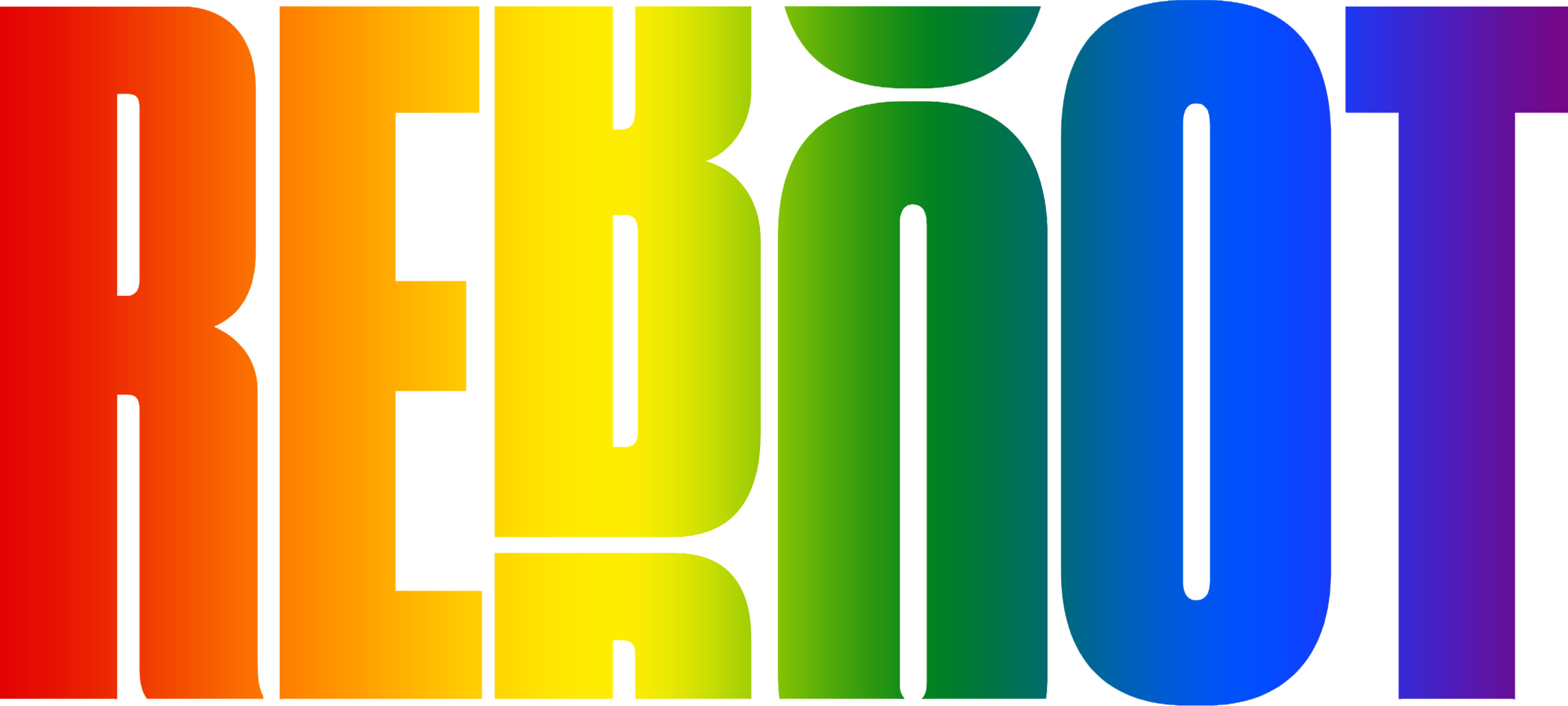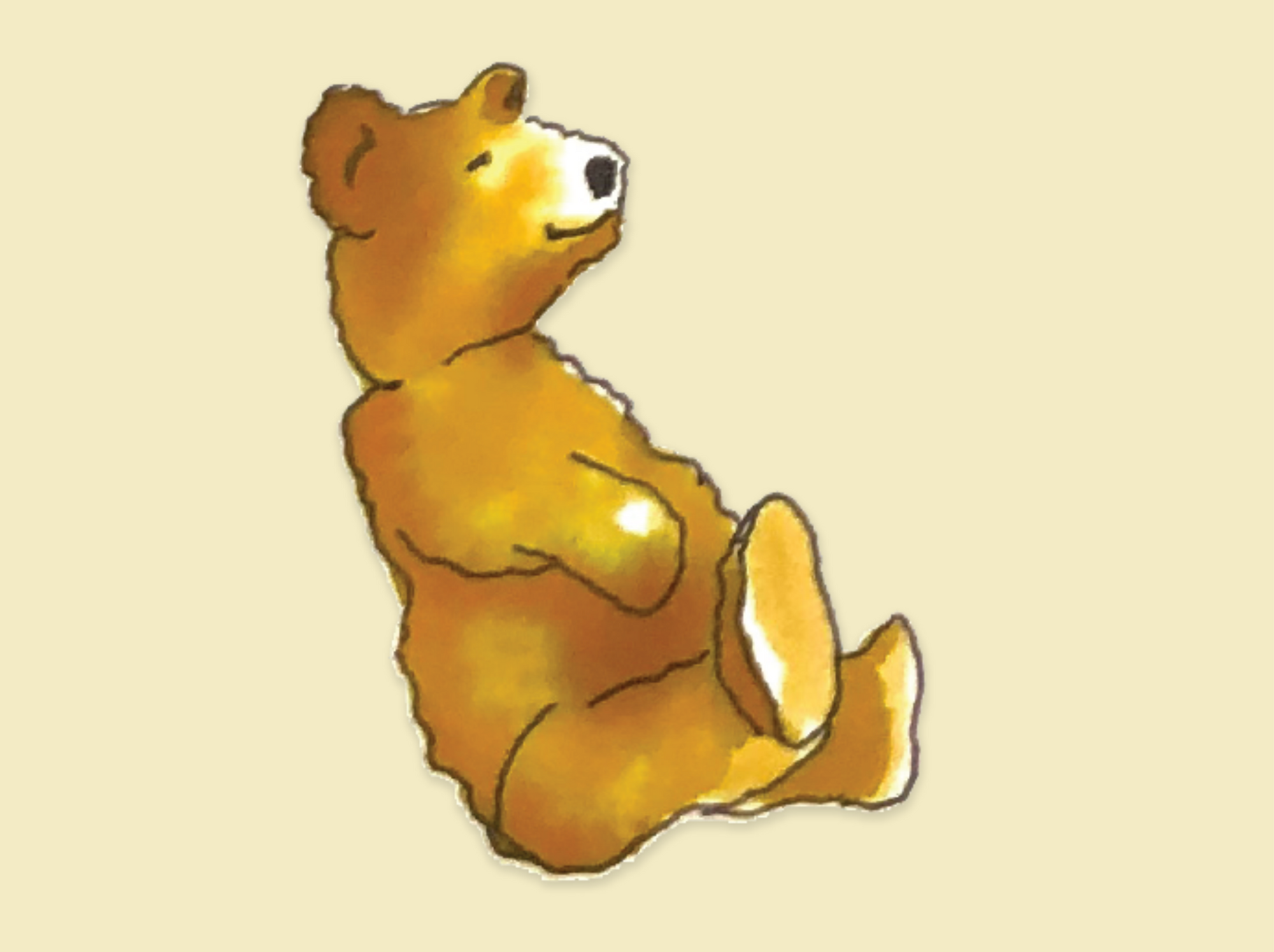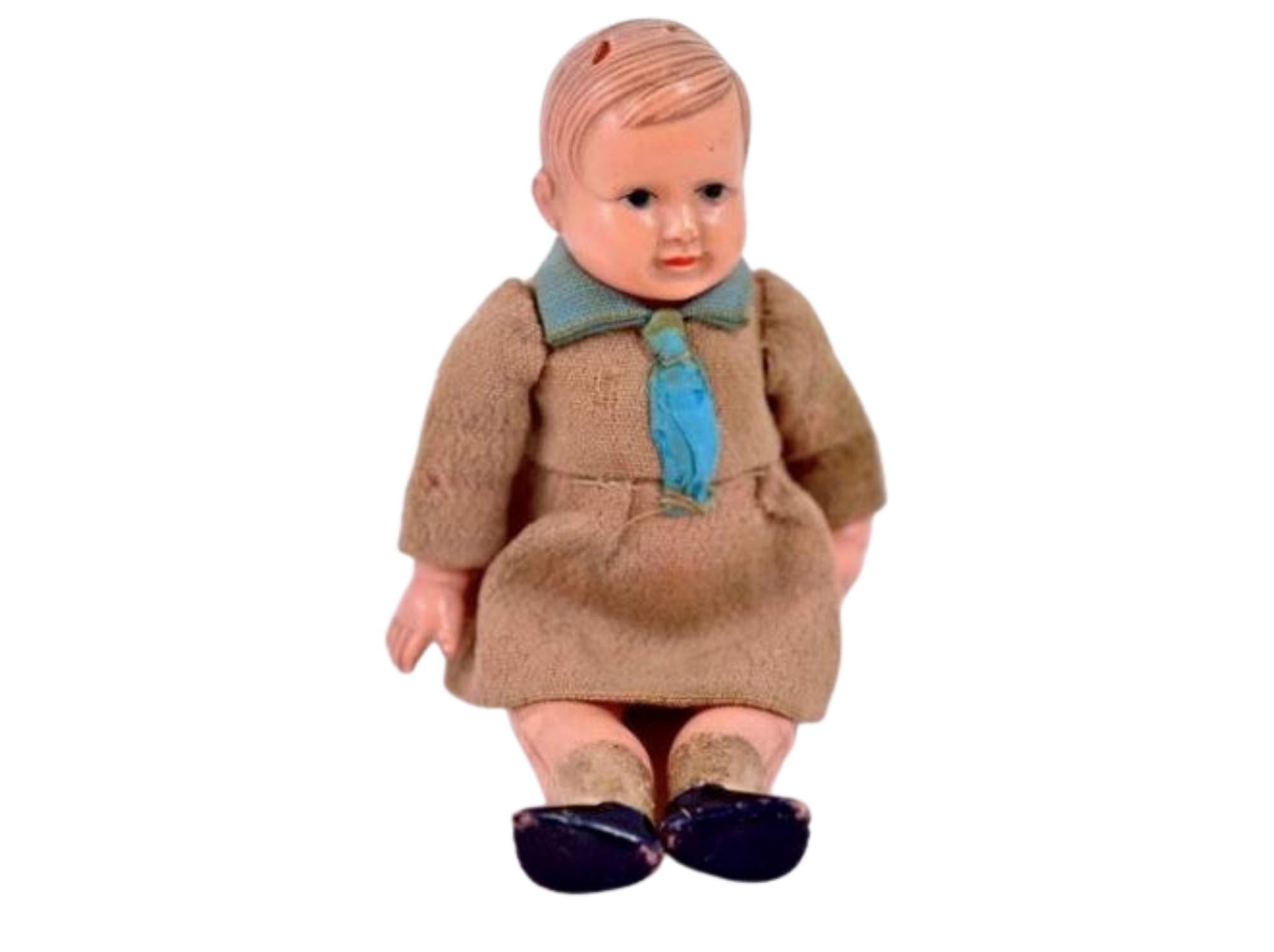Aurora Zinder
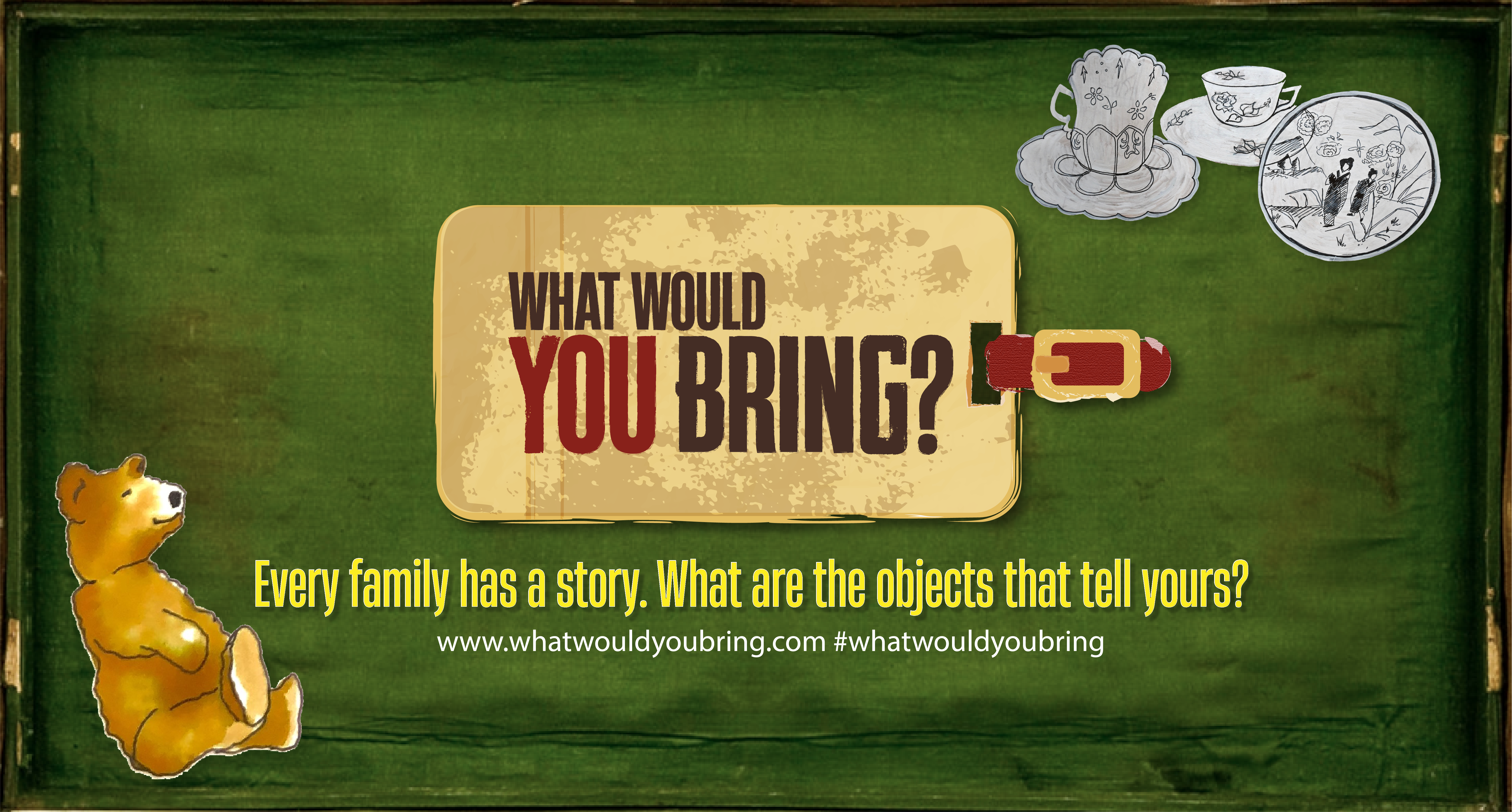
From artist Jacqueline Nicholls:
“What would you bring?” Is such a provocative question. Inviting us to empathise and imagine ourselves leaving the familiar and stepping into the precarious unknown. What do we take with us that might not be particularly useful, or valuable, but are precious because they carry the traces of the people and places we need to say goodbye to.
Hearing Aurora Zinder’s story I was struck by how much was being carried in these small fragile items of crockery. Their delicacy betrays their strong bonds of connection to her family and the country of her childhood. These items might not have been the first choice, but they are the ones that were allowed, and small enough to be portable. So not the volume of Pushkin, or the other books. Not the handwritten letters from Aurora’s late father. Instead, a small, seemingly insignificant teacup. But that teacup carried on it a message from her uncle, a trace of him, and with that, a trace of her father. Traces of traces – so slight and yet, or rather because of its fragility, so powerful.
The film is a stop-motion animated drawing that is divided into three parts. Each part telling the story of one of Aurora’s objects. The crockery that was carefully wrapped in layers as they made their way across the borders seeking refuge and starting a new life. The drawings begin with using tea as a drawing medium, which is subtle and slight to work with. Layers of watercolour and ink were then built on top of the tea as the story developed. The shapes and details dissolving and transforming into the final black and white image, when the story is complete.
Read more stories about refugees and the objects they brought with them, and then share with us what you would pack in your suitcase at: www.whatwouldyoubring.com
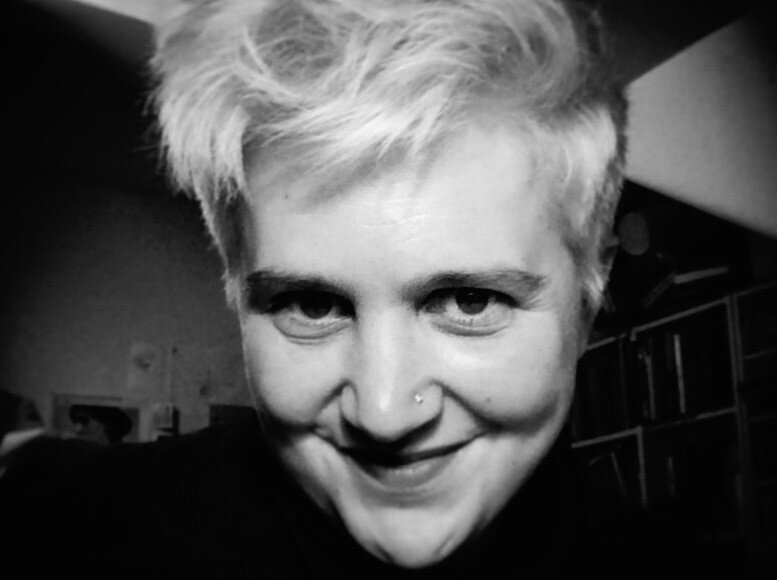
Jacqueline Nichols
Visual ArtistJacqueline Nicholls is a London based visual artist. Her work engages with traditional Jewish ideas in untraditional ways. For recent project, Draw Yomi, Jacqueline drew each page of The Talmud, following the daily daf yomi cycle. Her interest in text and language has lead to research that considers handwriting as a form of drawing. The line that traced the internal thought, mediated through the body, language transformed into a physical presence. Exploring the potential contained within the line, and how even when writing collapses and becomes illegible, it still calls to be read. This interest is informed by her Jewish heritage, a tradition that values scholarly wordplay and textual interpretations. She explores themes of touch, power, embodied language, the effect of illegible traces, and the aura of absence.The work shifts between representation to abstraction as she considers the emotional potency of ambiguity.
